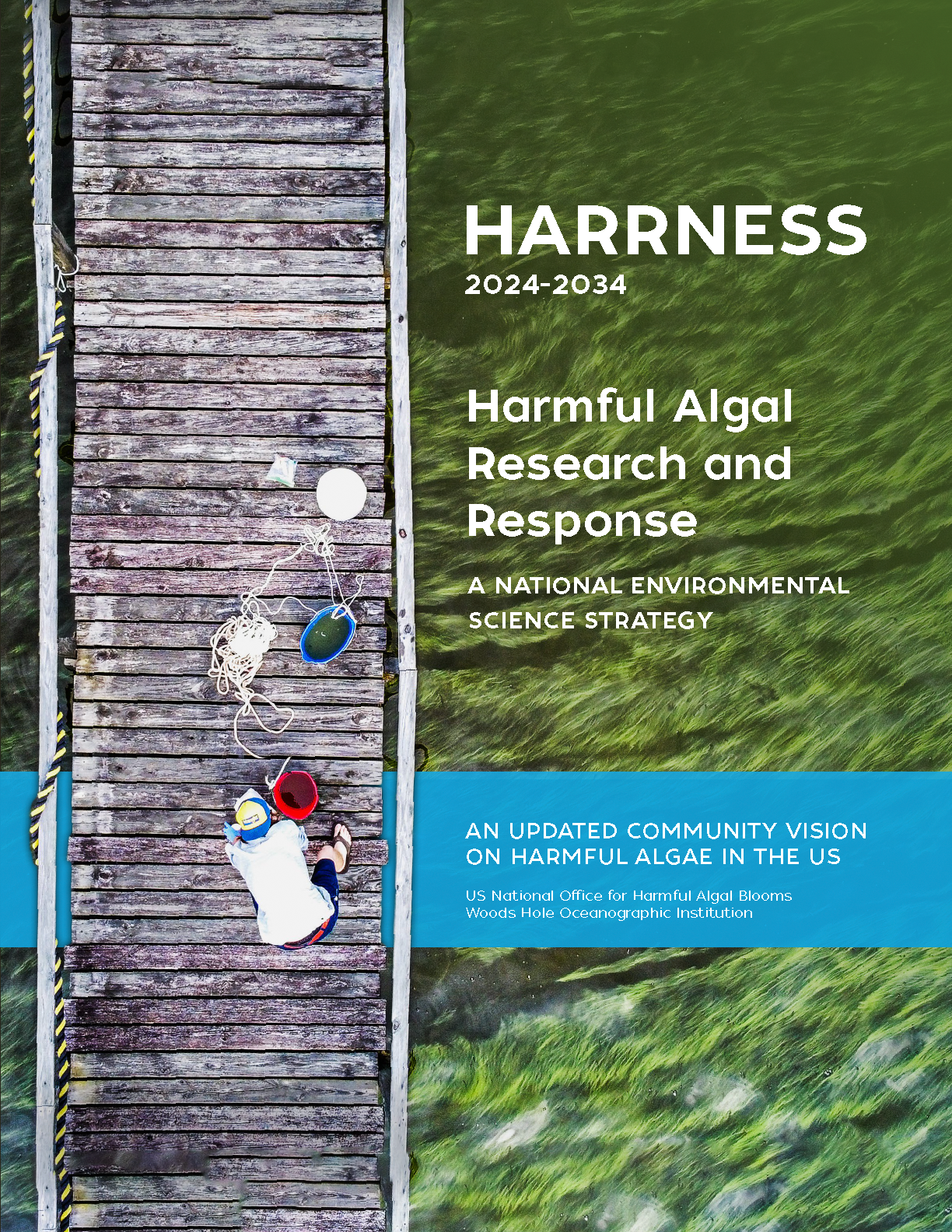Mission
The mission of the National HAB Committee (NHC) is to facilitate coordination and communication of activities for the U.S. HAB community at a national level.
The National Harmful Algal Bloom Committee (NHC) has been established for the purpose of providing a collective voice of the academic, management and stakeholder communities interested in national HAB issues. The need for such a committee was identified in HARRNESS (Harmful Algal Research and Response: A National Environmental Science Strategy (2005)) - the new U.S. National Program for HABs.
The NHC will:
- Facilitate implementation of HARRNESS (PDF) and garner support among all stakeholders
- Interface with the Interagency Working Group on HABs, Hypoxia, Human Health
- Foster communication between all components of the HAB community and communicate these activities through the National HAB Office, through oral reports at the biennial National HAB Conference, and through listserves and websites as appropriate
- Establish and promote interactions with related national and international programs by interfacing with related national and international initiatives, such as GLOBALHAB, IOOS, GOOS, NEON, and ORION
- Respond to requests from Congress or federal and state entities for information or guidance on HAB issues
- Respond to other stakeholders as appropriate
- Lead development of future National HAB Plans as needed
- Form ad hoc technical advisory committees as needed to address issues or requests
- Raise the visibility and understanding of HAB issues nationally

“HARRNESS 2024-2034: Harmful Algal Research and Response, A National Environmental Science Strategy” defines the magnitude, scope, and diversity of the HAB problem in United States’ marine, brackish and freshwaters; addresses knowledge gaps; strengthens coordination among agencies, stakeholders, and partners; advances the development of effective research and management solutions; and builds resilience to address the broad range of HAB impacts to vulnerable communities and ecosystems in the USA.